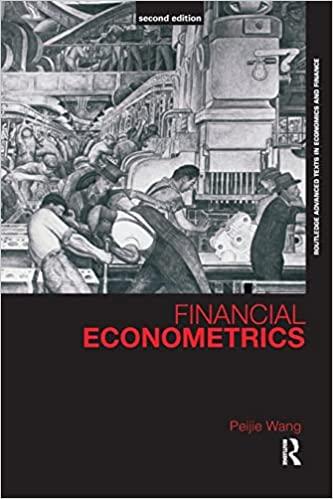Question
Article With interest rates near zero, a lot of investors have gone deeper into risky areas of the debt market in the search for yield.
Article
With interest rates near zero, a lot of investors have gone deeper into risky areas of the debt market in the search for yield. For those investors, there is some reassuring news: A look at the long-term data for some of these sectors suggests that such investments can be worth the risk. In the hunt for yield, many investors have opted for low-grade municipal and corporate debt, or "junk" bonds. Such instruments are considered high risk because, while they can pay off over the long run, they can also go south quickly in times of market drops and panics. That is a level of volatility a lot of debt investors cannot stand. Join the Conversation What have you invested in to earn higher yields, given the low level of interest rates? Join the conversation below. However, examining all high-yield bond mutual funds over the past 30 years, an interesting trend emerges: If you are disciplined and avoid cashing out at the wrong time, high-yield debt can pay total returns near to those of U.S. stocks. Since 1990, the average high-yield debt fund has delivered an average annual return of 7.1% with a volatility of 7.7%. Compare this with the average short-term U.S.-bond fund, which delivered 3.8% with a much lower volatility of 1.5% over the same period. The returns for high-yield bond funds thus don't really resemble debt at all in a lot of ways, and actually look a lot more like equity. Over the same period, since 1990, the S&P 500 delivered an average annual return of 7.8% but with a high volatility of 14.5%. Investors who are seeking a great return from high-yield debt have to be prepared for quick and precipitous drops in the value of their holdings. For instance, in the middle months of 1990, the average high-yield debt fund lost 13% of its value. In one month in 1998 (August) the average high-yield fund lost 7% of its value, and in June 2002 the average fund lost 8% of its value. And then the financial crisis of 2008-09 came: Over the full year of 2008, the average high-yield debt fund lost 25% of its value, including a drop of more than 15% in October alone. In all, over the past 30 years, the average high-yield debt fund has dropped more than 2% in a given month on 31 occasions. On the other end of the spectrum, the average short U.S.-debt fund has lost 2% or more in a month on only one occasion: March of this year, when the average short-term debt fund lost 2.0% (while the average high-yield fund lost 11.6% in the same month). Interestingly, these declines in the high-yield market don't always coincide with U.S.-stock downturns. When the dot-com bubble burst and U.S. equity markets slid, high-yield funds barely moved and actually finished higher for the year in 2000 (the S&P 500 lost more than 10% of its value in 2000 while the Nasdaq fell over 35% in the same year). For the adventurous investor with a long investing time horizon, high-yield debt might be a good addition to the portfolio. But for those investors who are seeking safety and low volatility, and can't take the massive, if temporary, hits to their wealth, this may be an asset class to skip.
question
3. The results show the average return and the volatility for S&P 500 over 1926-2018 time period. How do these compare to those in the article calculated using more recent 30 years? Does it look like large-company stocks were more or less risky more recently? What about the average return of large-company stocks? Was it higher or lower in the more recent 30 years compared to the 1926-2018 period? Given these comparisons, does it appear that risk and return move together?
Step by Step Solution
There are 3 Steps involved in it
Step: 1

Get Instant Access to Expert-Tailored Solutions
See step-by-step solutions with expert insights and AI powered tools for academic success
Step: 2

Step: 3

Ace Your Homework with AI
Get the answers you need in no time with our AI-driven, step-by-step assistance
Get Started


